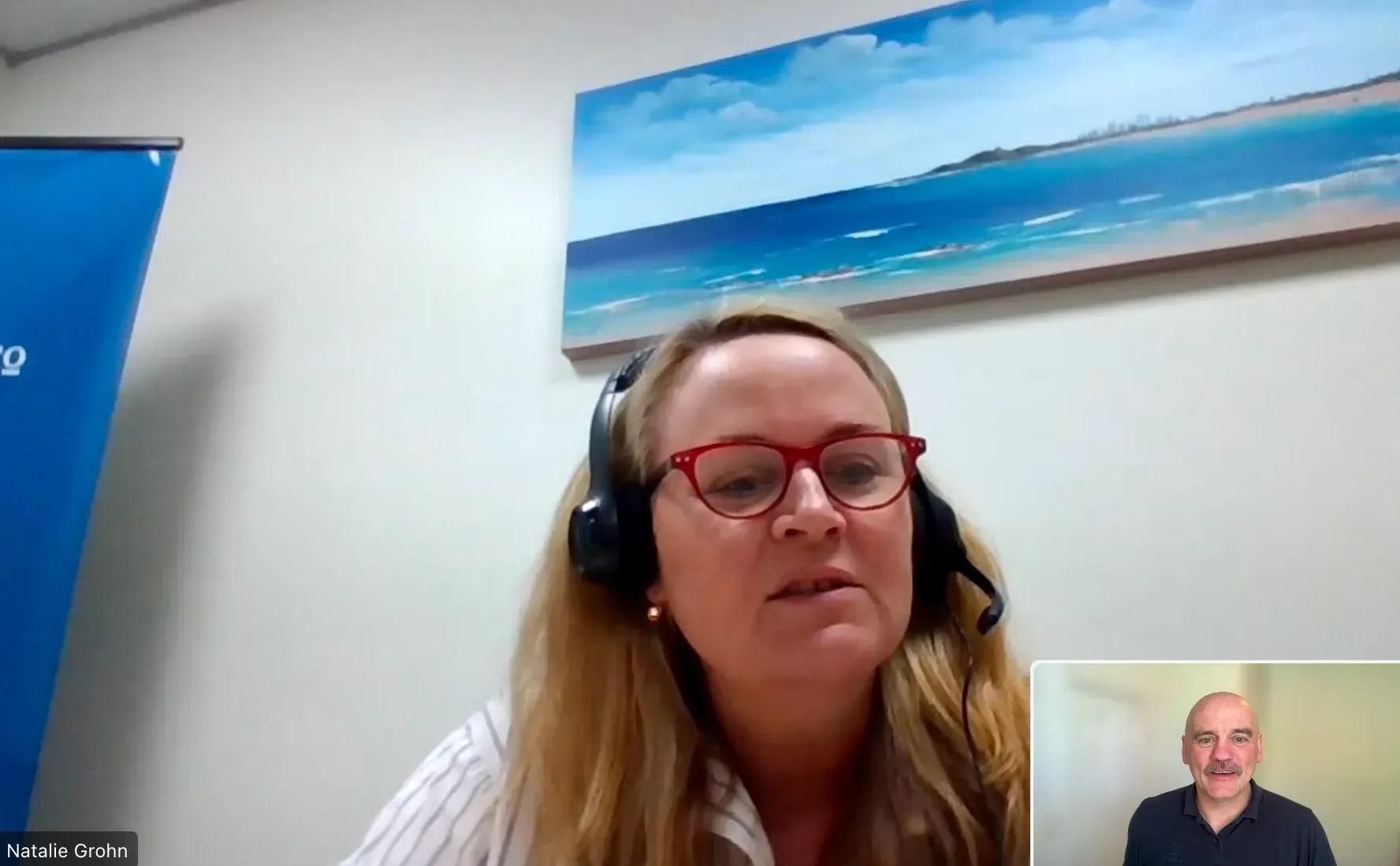Superannuation changes from 1 July 2022 that impact business
Announced in the May 2021 Federal Budget superannuation announcements have now finally been passed in Parliament. The below key measures will largely take effect from the 1 July 2022.
These changes will impact business in hospitality and retail and those with a high number of casual employees, it has the potential to increase costs and put pressure on some businesses that are under strain through the impacts of COVID-19 and natural disaster events.
Depending on the size of the business there could be payroll tax implications as well as other flow on costs.
Removal of $450 monthly income threshold
You’ll need to pay super guarantee contributions to an employee’s super fund regardless of how much they are paid. Employees will still need to satisfy other eligibility requirements. This includes other workers who are eligible for super including contractors.
These employees were previously being excluded from their employer’s superannuation guarantee obligations. These changes ae expected to affect around 3% of all employees.
The ATO is to work with digital service providers to assist them in updating their payroll and accounting software to be ready for this change.
Employers will need to check their payroll and accounting software to be ready for and ensure systems have been updated for super payments made after 1 July 2022 to ensure they correctly calculate their employee’s super guarantee entitlement.
Eligibility for Superannuation
Generally, all employees are eligible for super. It does not matter if they are:
- Full-time, part-time or casual
- Receiving a super pension or annuity while working
- A temporary resident such as a backpacker
- A company director
- A family member working in your business
Work performed by non-residents outside of Australia and work performed by individuals under the age of 18 years and employed for less than 18 hours per week, are still exempt from superannuation guarantee and will not be affected by these changes.
Increase in Super Guarantee percentage
From 1 July 2022, the percentage rate for the super guarantee increases from 10% to 10.5%. Employers are required to contribute additional money into their employee’s superannuation account in line with the higher super guarantee percentage rate.
The Superannuation Guarantee has been 10% since 1 July 2021 and under the current schedule of legislated increases, the percentage rate will raise again to 11% on 1 July 2023. It will continue rising 0.5% each year until it reaches its final rate of 12% on 1 July 2025.
Reduction in eligibility age for downsizer contributions
The eligibility age for making downsizer contributions into super was reduced from 65 to 60. From 1 July 2022, more people in their sixties can make contributions (up to $300,000 per person or $600,000 per couple) into their super account using the downsizer measure, provided they meet the eligibility criteria.
Apart from being over the age of 60 the downsizer contribution eligibility is not dependent on total super balances provided other criteria is met.
The criteria include the house being owned for 10 years or more and at some time was their primary residence and the contribution must be made within 90 days of settlement.
Abolishing the Work Test for those aged between 67-74
The current work test requires you to be employed at least 40 hours in a consecutive 30 day period during the financial year, before any contributions are accepted both before and after tax. As from 1 July 2022, the work test will be abolished.
Other eligibility criteria still apply, such as the amount you can contribute.
If your business requires assistance with any of the above please do not hesitate to contact us on 07 5413 9393 or enquiry@evolveonlinebookkeeping.com.au










